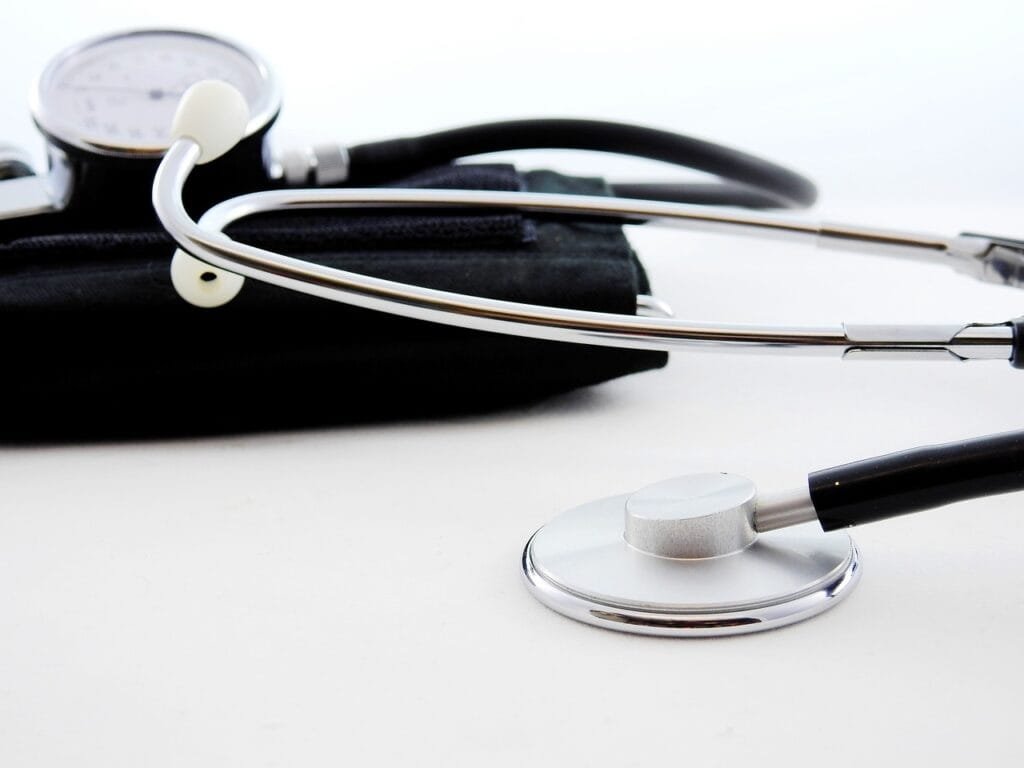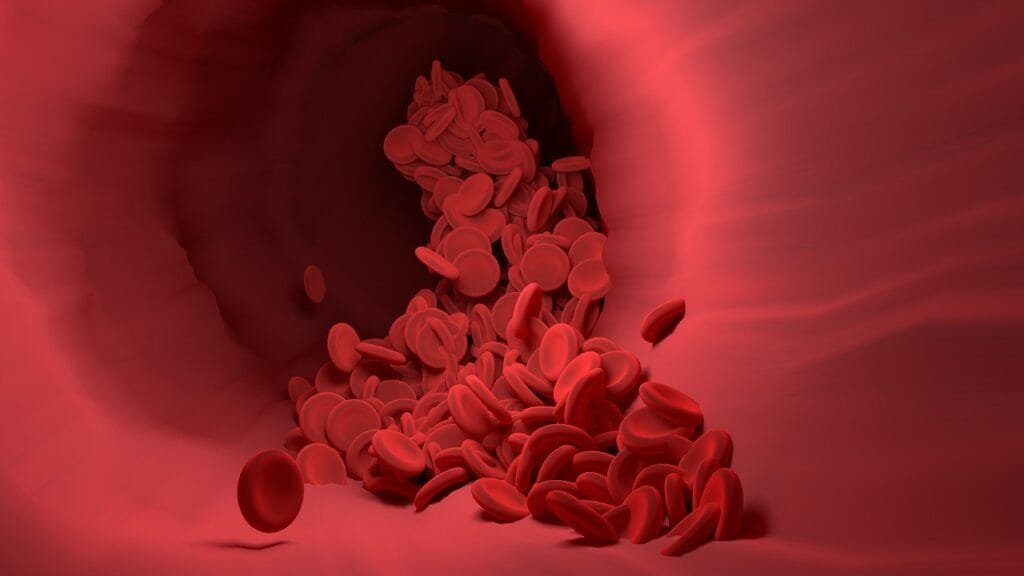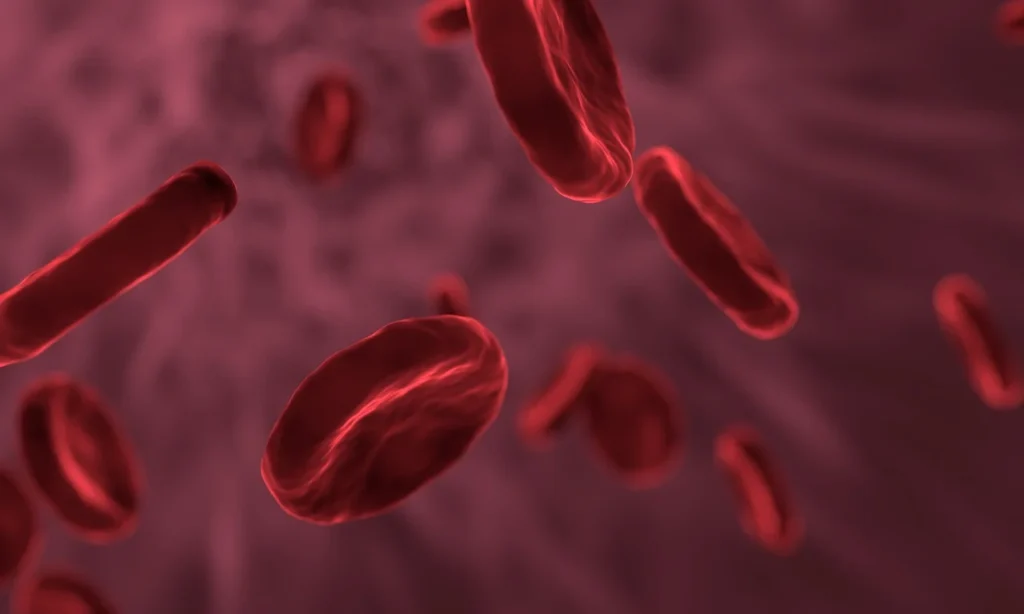Introduction

Blood is one of the vital fluids that transport oxygen, nutrients, and hormones to cells, tissues, and organs by removing waste products. The circulatory system is one that is powered by the heart with many varieties of blood vessels, cells, and levels of pressure within them. Let us break down each aspect, including blood groups, blood vessels, blood tests, blood cells, and blood pressure.
Types of Blood Groups
Blood groups or types are the classification that is based on the presence or absence of certain antigens on the surface of red blood cells. The best-known classification is the ABO system, which comprises four main groups:
Type A: with the A antigen on red cells and B antibodies in the plasma.
Type B: It has the B antigen on its red cells, and it has A antibodies in its plasma.
Type AB: It has both A and B antigens on red cells but lacks antibodies in the plasma, thus becoming a universal recipient.
Type O: It has neither A nor B antigens on red cells but has both A and B antibodies in the plasma, thus becoming the universal donor.
Besides the ABO blood group: it also has the Rh factor as a distinct antigen that determines if the blood is either Rh-positive or Rh-negative. This is important for pregnant women and those who would receive blood transfusions to prevent some sort of adverse reaction.
Blood vessels and Their Functions
Blood vessels are part of the circulatory system. They carry blood going to and coming from the heart. There are three basic types of blood vessels:
Arteries: These carry oxygenated blood away from the heart to the tissues. Their walls are strong and muscular and can bear the pressure exerted by the heart’s pumping action.
Veins: Veins bring deoxygenated blood back to the heart. They have thinner walls than the arteries. These have valves, which help to prevent the flow of blood backward. The biggest vein in the body is the vena cava, which carries blood from the body to the heart.
Capillaries: They are small, thin-walled blood vessels that connect arteries to veins. They provide a means for exchange between blood and the cells where oxygen, nutrients, and waste products get exchanged.
With both arteries and veins in place, along with capillaries, blood flows effectively, brings nutrition, and removes waste.
Common Blood Tests

Blood tests are also an important diagnostic procedure applied to determine and treat health conditions. The following list includes common blood tests and the purposes behind them:
It counts the number of different blood cells, including red blood cells, white blood cells, hemoglobin, hemocrit, and platelets. If there is an infection, anemia, or immune disorder, among others, CBC may detect such problems.
Blood Glucose Test: Applied to the measurement of blood sugar level, it is vital for the diagnosis and management of diabetes.
Lipid Profile: This test determines the cholesterol level, LDL (low-density lipoprotein or bad cholesterol), HDL (high-density lipoprotein or good cholesterol), and triglycerides. It helps determine the risk for heart disease.
Liver Function Test: It measures the enzymes and proteins that help assess the health of your liver. When the liver becomes diseased or damaged, this test comes out positive, showing elevated levels of liver enzymes.
Kidney Function Test: It determines the levels of blood urea nitrogen (BUN) and creatinine in the blood to assess the health and functioning of your kidneys.
Coagulation Test: These tests measure blood clotting time, for example, PT-prothrombin time. This is an important requirement for patients on anti-coagulants (blood-thinning medicines) or a disorder in the coagulation process.
Types of Blood Cells
Blood cells can be broadly classified into three types, all with different functions:
Red blood cells, also known as erythrocytes These cells contain hemoglobin, a protein that transports oxygen in the lungs and distributes it to other parts of the body. The red blood cells expire carbon dioxide through the lungs.
White blood cells (leukocytes): These are some of the immune cells that help protect the body against infection. They include types such as lymphocytes, neutrophils, monocytes, eosinophils, and basophils and function by response type.
Platelets (Thrombocytes): These are small cell fragments that are essential in bringing blood clotting. In any case where blood vessels experience an injury, platelets collect at the site to form a clot for prevention of excessive bleeding.
Every blood cell type produced in the bone marrow has a set lifespan, which explains why the body continually produces new cells to replace worn-out or broken ones.
What is blood pressure?
Pressure exerted by blood on the walls of blood vessels as the heart pumps is referred to as blood pressure. It is measured in millimeters of mercury (mm Hg) and recorded as two numbers:
Systolic Pressure: The top number is the pressure when the heart is beating and pumping blood.
Diastolic Pressure: The bottom number is the pressure when the heart is resting between beats.
A normal read is about 120/80 mm Hg, but this can vary with age, activity level, stress, and medical history.
The pressure stresses the heart and may create complications from heart diseases, kidney diseases, or stroke. Low blood pressure, or hypotension, causes dizziness and fainting and should always be taken seriously if persistent.
Conclusion

Understanding blood groups, blood vessels, blood tests, blood cells, and blood pressure is the basis of good health. Blood groups are critical for safe transfusions; blood vessels carry oxygen and nutrients; blood tests are very important health information providers; blood cells perform elementary functions; and blood pressure reflects the cardiovascular health of a person. Monitoring all these things will allow better assessment, diagnosis, and management of varied health conditions for the good health of an individual.
Blood is characterized by an interesting complexity that more clearly highlights the incredible ability of the body to sustain and regulate life: routine health check-ups and a healthy lifestyle.




Pingback: "7 Powerful Facts About "7 Powerful Facts About Lisinopril Uses, Types, and Side Effects You Need to Know" to Know"/pharmaexplain.com